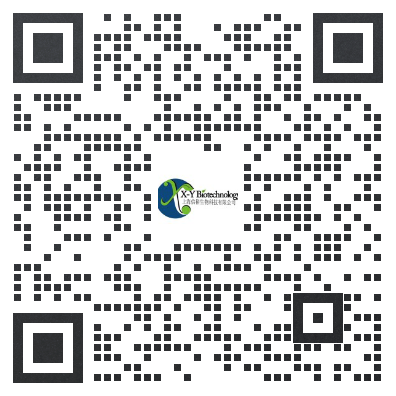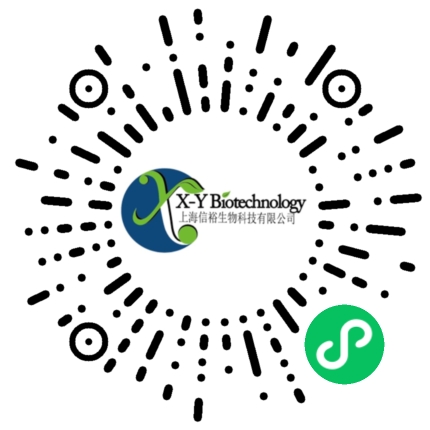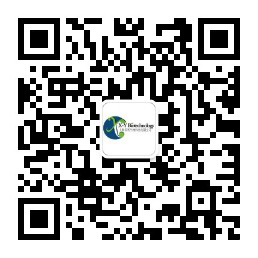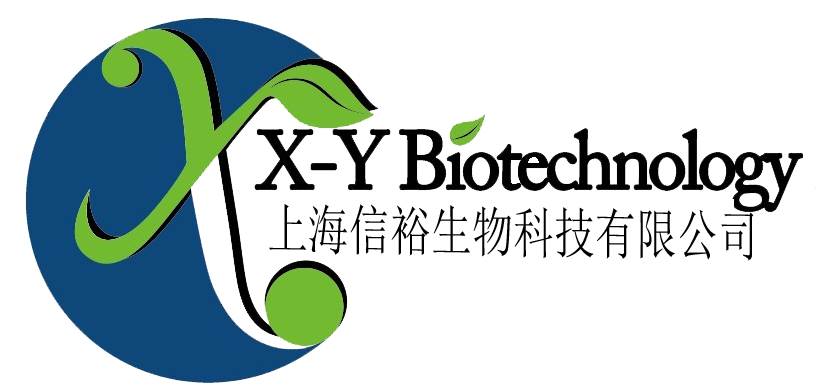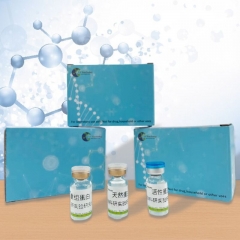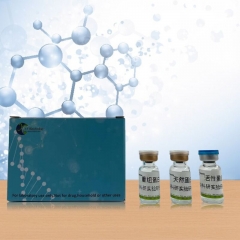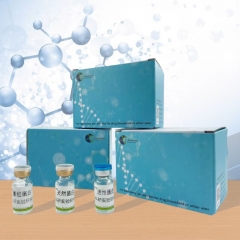Active Insulin Like Growth Factor 1 (IGF1)
胰岛素样生长因子1(IGF1)活性蛋白
[ PROPERTIES ]
Source: Prokaryotic expression. Host: E. coli
Residues: Gly33~Ala102
Tags: N-terminal His-tag
Purity: >95%
Endotoxin Level: <1.0EU per 1μg (determined by the LAL method).
Buffer Formulation: 20mM Tris, 150mM NaCl, pH8.0, containing 0.05% sarcosyl
and 5% trehalose. Applications: Cell culture; Activity Assays.
(May be suitable for use in other assays to be determined by the end user.)
Predicted isoelectric point: 7.7
Predicted Molecular Mass: 8.8kDa
Accurate Molecular Mass: 9kDa as determined by SDS-PAGE reducing conditions.
[ USAGE ]
Reconstitute in 20mM Tris, 150mM NaCl (pH8.0) to a concentration of 0.1-1.0mg/mL. Do not vortex.
[ STORAGE AND STABILITY ]
Storage: Avoid repeated freeze/thaw cycles.
Store at 2-8℃ for one month.
Aliquot and store at -80℃ for 12 months.
Stability Test: The thermal stability is described by the loss rate. The loss ratewas determined by accelerated thermal degradation test, that is, incubate the protein at 37℃ for 48h, and no obvious degradation and precipitation were observed.The loss rate is less than 5% within the expiration date under appropriate storage condition.
[ SEQUENCE ]

[ ACTIVITY ]
Insulin-like growth factor 1 (IGF1), also called somatomedin C is a hormone similar in molecular structure to insulin. It plays an important role in childhood growth and continues to have anabolic effects in adults. A synthetic analog of IGF1, mecasermin, is used for the treatment of growth failure. Besides, Insulin Like Growth Factor Binding Protein 3 (IGFBP3) has been identified as an interactor of IGF1, thus a binding ELISA assay was conducted to detect the interaction of recombinant mouse IGF1 and recombinant mouse IGFBP3. Briefly, IGF1 were diluted serially in PBS, with 0.01% BSA (pH 7.4). Duplicate samples of 100μL were then transferred to IGFBP3-coated microtiter wells and incubated for 2h at 37℃. Wells were washed with PBST and incubated for 1h with anti-IGF1 pAb, then aspirated and washed 3 times. After incubation with HRP labelled secondary antibody, wells were aspirated and washed 3 times. With the addition of substrate solution, wells were incubated 15-25 minutes at 37℃. Finally, add 50µL stop solution to the wells and read at 450nm immediately. The binding activity of IGF1 and IGFBP3 was shown in Figure 1, and this effect was in a dose dependent manner.
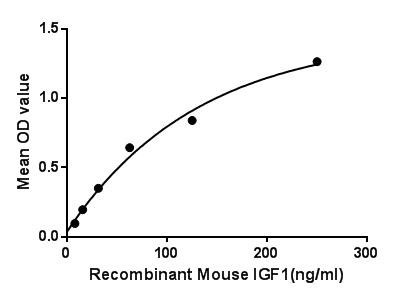
Figure 1. The binding activity of IGF1 with IGFBP3. IGF1 consists of 70 amino acids in a single chain with three intramolecular disulfide bridges. IGF1 has a molecular weight of 7,649 Daltons. To test the effect of IGF1 on cell proliferation, breast cancer MCF-7 cells were seeded into triplicate wells of 96-well plates at a density of 5,000 cells/well and allowed to attach, replaced with serum-free overnight, then the medium was replaced with 1% serum standard DMEM prior to the addition of various concentrations of recombinant mouse IGF1. After incubated for 96h, cells were observed by inverted microscope and cell proliferation was measured by Cell Counting Kit-8 (CCK-8). Briefly, 10µL of CCK-8 solution was added to each well of the plate, then the absorbance at 450nm was measured using a microplate reader after incubating the plate for 1-4 hours at 37 ℃ . Proliferation of MCF-7 cells after incubation with IGF1 for 72h observed by inverted microscope was shown in Figure 2. Cell viability was assessed by CCK-8 assay after incubation with recombinant IGF1 for 72h. The result was shown in Figure 3. It was obvious that IGF1 significantly increased cell viability of MCF-7 cells.
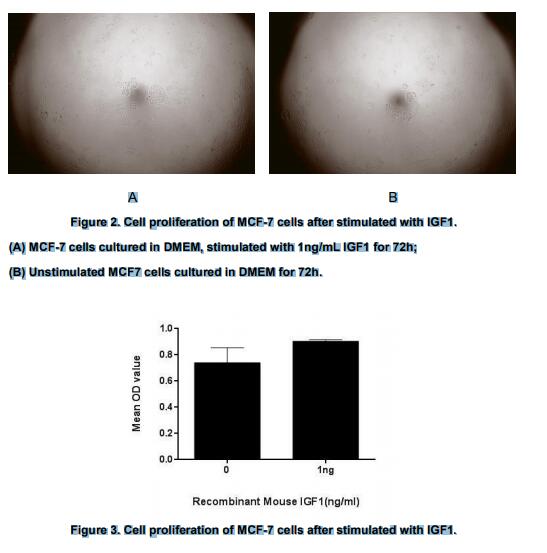
[ IDENTIFICATION ]
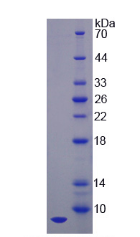
 在线客服1号
在线客服1号
